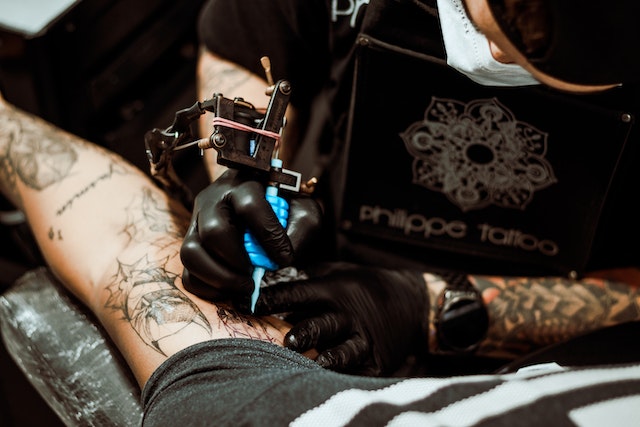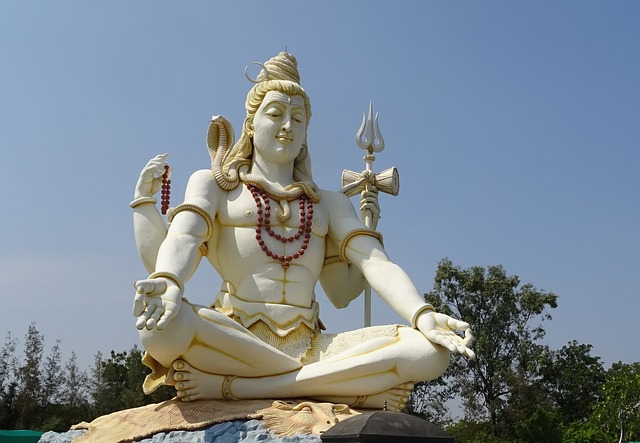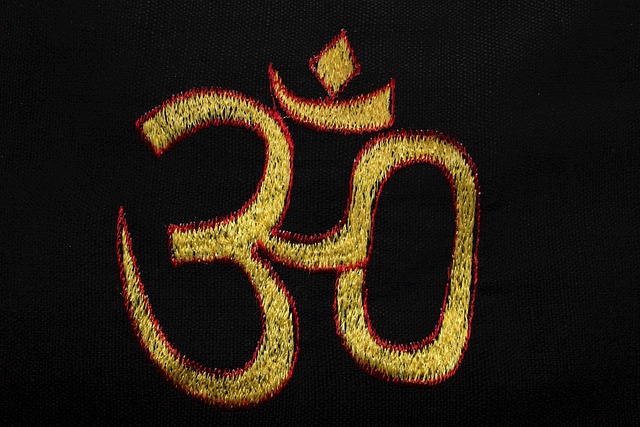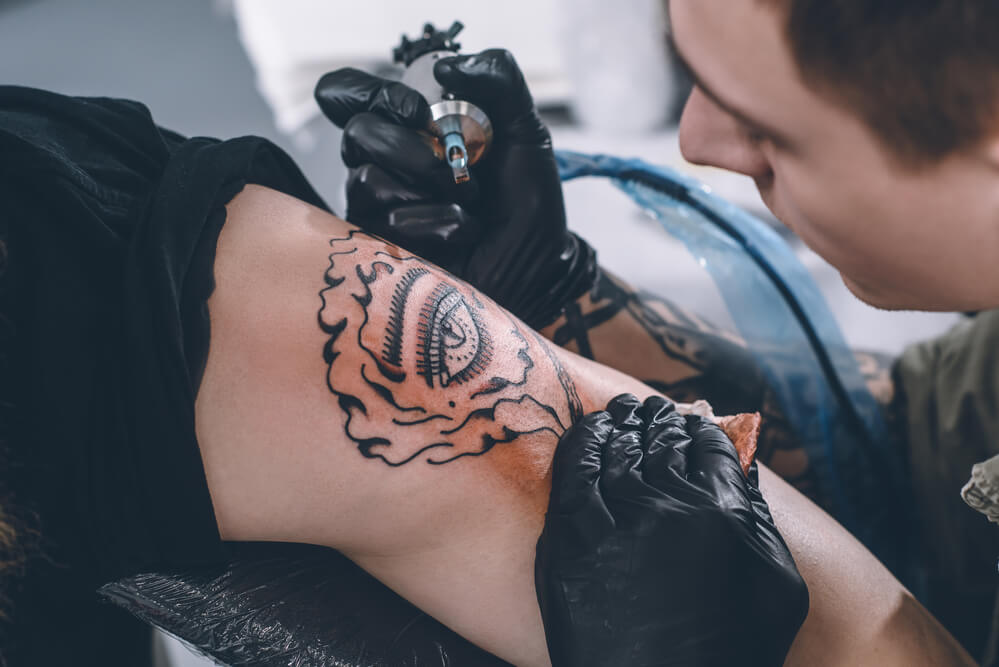Sanatan Dharma, also known as the eternal teachings of Hinduism, has no problem with tattoos as part of their culture and beliefs.
Hindus have embraced tattoos as a sign of beauty or identifying one with a ritual and culture in Hinduism, and a tattoo is allowed in Sanatan Dharma.
The rich tradition of Hindus enables them to have tattoos of popular gods such as Ganesha, Kali, and Siva on their flesh.
Let’s learn more about Sanatan Dharma and tattoos. Stick on.
History of Tattoos in Hinduism

There was not much information about ancient Indian tribes and tattooing since they didn’t want to disclose their cultural practices, plus some believed it was against their gods to talk about tattoos.
Some tribes believed Lord Raam’s greatest devotee Shree Hanuman and his tattoo on a dislocating shoulder would relieve the pain.
In the nomadic Ribari Tribe in Northwest India, tattoos were famous, and they began the practice in the early 19th century. The women had tattoos of Lord Raam in Sanskrit on almost every part of their bodies.
Tattoos in Hindu Mythology
There’s a common myth that tattooing was done on women in ancient times, where their husbands’ names would be marked on their hands to identify them.
Another myth among the Dhanuks of Bihar was that tattoos were caste markers for women since they were considered belongings. The tattoo aimed to disfigure the women to protect them from sexual predators.
Additionally, the tattoos were used as a sign of protest. They originated in Chhattisgarh, a community of “untouchables” against the religious and social restrictions imposed by Brahmins to deny them access to temples.
The Ramupasaks were an illiterate community, and oral tradition was their way of passing down beliefs and practices. They would tattoo Lord Raam’s name on every part of their body, and it would keep off the brahmins that believed the tattooing was polluting their bodies.
Can Brahmins Get Tattoos?
Yes. There is no restriction on tattoos, and one can have one that goes well. Some brahmins got their tattoos in childhood. Others have tattoos for beauty with no connection to the soul or body.
However, some brahmins believe that getting tattoos pollutes, defiles, and disrespects the holy religion.
Can I Get a Tattoo of a Hindu God on My Body?

As a devotee of a certain God, there’s no harm in getting a tattoo of their name or their image. The tattooing shows your deep connections and strong belief.
Let’s see some Hindu gods tattoos you can get on your body.
1. Lord Ganesha
Lord Ganesha devotees refer to him as the God of luck and prosperity, and people looking for a new beginning and balance can consider inking this tattoo on their bodies.
People with this tattoo also get a mantra inking or an “Om” to add to the style and prosperity.
2. Lord Shiva

The tattoo is stunning and magnificent, and a devotee who loves tattoos won’t mind a permanent inking. The best part is there are different Avatars of Lord Shiva, and you can choose one, like the Nataraja Pose, depending on your interest.
3. Goddess Kali
Goddess Kali is known for protecting the innocent by destroying evil. A tattoo of this Goddess has a lovely depiction of power and a stunning look that attracts ardent believers. A devotee looking for exceptional inclination and protection would love this tattoo.
Where Should I Get the Om Tattoo on My Body?

The Om is a sacred symbol of spirituality in Sanatan Dharma, and it’s written in Sanskrit, where each portion of the symbol has significance. Some Hindus argue that getting the symbol on the lower part of the body shows disrespect.
If you are in love with the Om tattoo design, it will be best to put it on the upper arm, shoulder or back and having it on these parts shows you understand the connection and religious integrity of the sign.
What Do the Vedas Say About Tattoos?
There’s no specific reference in Vedas on tattoos. Most communities have taken the common practice of marking the forehead and face, especially for women, to identify them with a certain affiliation.
How Did Indians Do Their Tattoos?
The ancient Indians used rock and sharp bones to prick the skin and scratch in a specific design, after which they filled the carving with soot or other natural dyes from plants to act as ink, especially on Karbi women.
Final Thoughts
A tattoo in Hinduism depends on personal beliefs and the connection it brings. Hindus started tattooing in ancient times to identify themselves with certain communities or show their connection to their God.
With the popularity of tattoos, Hindus have adopted modern tattooing, where they can have a carving of their gods, among others. However, some Hindus uphold strict Sanatan Dharma teaching and view tattooing as a sign of disrespect to their God.














